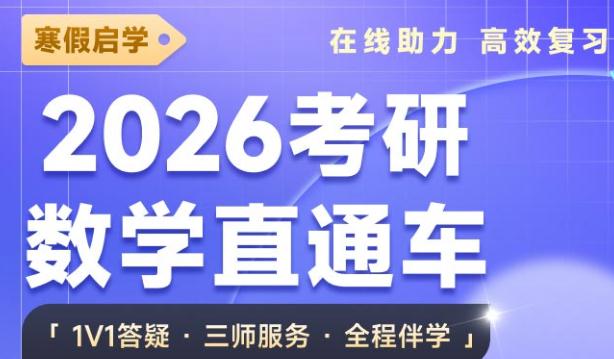1998-2022 ChinaKaoyan.com Network Studio. All Rights Reserved. 滬ICP備12018245號
重慶大學土木工程學院結構工程導師介紹:郭惠勇
博士,副教授,重慶大學土木工程學院教師,國際著名工程類SCI期刊《Mechanical System and Signal Processing》、《Journal of Vibration and Control》、《Engineering Structures》等的審稿人。2001年3月,西安交通大學結構工程專業獲工學碩士學位;2004年11月,西安交通大學獲得工學博士學位。2005年1月~至今,重慶大學土木工程學院工作;2009年10月~2010年10月,作為訪問學者,在日本慶應大學的Akira Mita實驗室從事損傷檢測方面的研究工作。主要從事了結構的損傷識別和結構的設計優化以及工程力學等方面的研究工作。主持或參與省部級或國家級項目5項。在國內外重要期刊上發表了論文50多篇,其中在國外SCI期刊上發表論文12篇,所發表SCI論文在SCI系統中已被他引81次以上,在國內EI核心收錄期刊上發表論文20篇以上。損傷識別方面的科研成果獲得了2012年重慶市科技進步二等獎,獲獎成果名稱是“工程結構損傷的檢測診斷與評估關鍵技術及應用”。
研究方向
結構的損傷檢測研究;工程結構的設計優化研究;工程結構的力學性能研究。
主講課程
建筑力學、材料力學、彈性力學
學術兼職
MSSP、JVC、ES等國際SCI期刊的審稿人。
主要成果
共發表論文50多篇,其中作為第一作者在CMAME、MSSP、JVC、SMS等國際著名工程類期刊上發表英文SCI論文12篇,在國內發表EI核心檢索論文20多篇。主持或參與省部級自然科學基金或國家自然科學基金項目共5項;還作為主要研究人員參與了國網公司多項輸電塔方面的橫向課題。損傷檢測方面的研究成果獲得了2012年重慶市科技進步二等獎,名稱“工程結構損傷的檢測診斷與評估關鍵技術及應用”。
代表性論文:
[1] Guo H Y, Li Z L. Structural damage identification based on evidence fusion and improved particle swarm optimization. Journal of Vibration and Control, 2014, 20(9): 1279-1292. (SCI)
[2] Guo H Y, Li Z L. A two-stage method for damage detection using frequency responses and statistical theory. Journal of Vibration and Control, 2012, 18(2): 191-200. (SCI)
[3] Guo H Y, Li Z L. Structural damage identification based on Bayesian theory and improved immune genetic algorithm. Expert Systems with Applications, 2012, 39: 6426-6434. (SCI)
[4] Guo H Y, Li Z L. Two-stage multi-damage detection method based on energy balance equation. Journal of Nondestructive Evaluation, 2011, 30: 186-200. (SCI)
[5] Guo H Y, Li Z L. Structural topology optimization of high-voltage transmission tower with discrete variables. Structural and Multidisciplinary Optimization, 2011, 43(6):851-861. (SCI)
[6] Guo H Y. Li Z L. A two-stage method to identify structural damage sites and extents by using evidence theory and micro-search genetic algorithm. Mechanical System and Signal Processing, 2009, 23: 769-782. (SCI)
[7] Guo Huiyong, Zhang Ling. A Weighted Balance Evidence Theory for Structural Multiple Damage Localization. Computer Methods in Applied Mechanics and Engineering, 2006,195(44-47): 6225-6238. (SCI)
[8] Guo H Y. Structural Damage Detection using Information Fusion Technique. Mechanical System and Signal Processing, 2006,20:1173-1188.(SCI)
[9] Guo H Y, Zhang L. Optimal Placement of MR Dampers For Structural Control using Identification Crossover Genetic Algorithm Low Frequency Noise, Vibration and Active Control,2004, 23(3): 167-178. (SCI)
獲獎情況
損傷檢測方面的研究成果獲得了2012年重慶市科技進步二等獎,名稱“工程結構損傷的檢測診斷與評估關鍵技術及應用”。
研究生培養
共培養碩士研究生24名,其中已畢業研究生15名。
聯系方式
guohy@cqu.edu.cn
來源未注明“中國考研網”的資訊、文章等均為轉載,本網站轉載出于傳遞更多信息之目的,并不意味著贊同其觀點或證實其內容的真實性,如涉及版權問題,請聯系本站管理員予以更改或刪除。如其他媒體、網站或個人從本網站下載使用,必須保留本網站注明的"稿件來源",并自負版權等法律責任。
來源注明“中國考研網”的文章,若需轉載請聯系管理員獲得相應許可。
聯系方式:chinakaoyankefu@163.com
- 2026考研英語全程班 寒假班
- 權威高配師資親授技巧,教研千錘百煉科學提分。直錄播課相結合精講互動二合一,專業團隊精細化作文批改。講練結合,隨學隨練穩步提升。支持試聽~
- 主講團隊:王江濤、譚劍波、董仲蠡、許聰杰、陳志超、潘赟、鄭艷彤、易熙人

掃碼關注
了解考研最新消息












